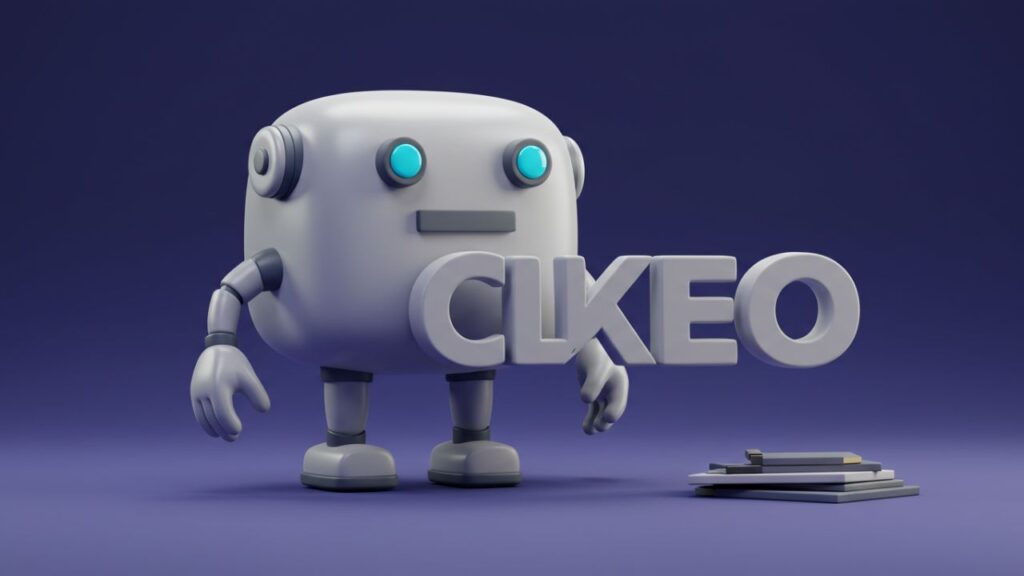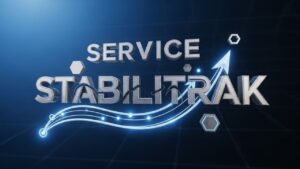Introduction
In the quest to outrank competitors and get more traffic, some SEO practitioners turn to automation tools like the ClickSEO CTR bot. This tool claims to generate real organic clicks to your pages and manipulate click‑through rates (CTR) to boost search rankings. But is this strategy effective, safe, or just risky? In this article, we’ll explore how the ClickSEO CTR bot functions, its advantages and drawbacks, and best practices you should consider before using it.
What Is the ClickSEO CTR Bot?
The ClickSEO CTR bot is a service or automated tool designed to send clicks to your website via organic search results for certain keywords. The idea is that when Google sees higher CTRs on your results (compared with peers), it might interpret your page as more relevant, thereby awarding you higher rankings. The tool often combines features like:
-
Keyword targeting
-
Geo‑targeted click sources
-
Control over dwell time or number of pages per session
-
Dashboard analytics to monitor click & ranking changes
ClickSEO markets itself as a CTR manipulation system, not just a bot, because it tries to mimic natural traffic behavior to evade detection.
Why Do People Use a ClickSEO CTR Bot?
Boosting Rankings via CTR Signals
Many SEO specialists consider CTR one of the behavioral signals search engines observe. When your result gets clicks more often than similar pages, Google may infer that your page is more relevant or useful. The ClickSEO CTR bot claims it can tilt that balance in your favor.
Accelerating SEO Growth
Organic ranking takes time. Users hoping for faster results may use ClickSEO to give their pages a “jump start,” especially if their content is solid but not yet attracting enough organic traffic.
Testing Keywords or Knocking Out Competitive Milestones
Some site owners reserve bots like ClickSEO for borderline keywords — those stuck on page two or three — hoping that nudging CTR might push them into page one.
How Does the ClickSEO CTR Bot Work?
Keyword & Location Selection
You choose which keywords you want to boost, and often which countries or regions the “clicks” should appear to come from. ClickSEO supports over 170 geo locations.
Simulated Search Behavior
The bot (or system) performs searches for your targeted keywords and then clicks your page, ideally in a way that mimics a human user rather than a bot. It may click multiple pages, scroll, dwell, bounce less, etc.
Dwell Time & Session Length
You can often configure how long the visit lasts (dwell time) and whether users visit multiple pages, to simulate “real” behavior. Some options go up to 5 minutes of session time.
Dashboard Analytics
The tool gives you reports over the past 30 days: how your CTR changed, ranking shifts, and whether click traffic is recorded in Google Search Console and analytics tools.
Pros & Cons of Using a ClickSEO CTR Bot
Advantages
-
Potential Ranking Boosts
If done subtly and combined with genuine content quality, it may help your pages get a small elevation in SERP position. -
Faster Momentum
You may see quicker movement for keywords that are on the cusp. -
Control Over Signals
You decide which keywords and geographies to emphasize.
Disadvantages & Risks
-
Violation of Search Engine Policies
Manipulating CTR is often considered a “black hat” strategy. If Google detects unnatural click patterns, it may penalize your site or devalue the signal entirely. -
Short‑Term Gains Only
Any boost might be temporary if you don’t support it with strong content, backlinks, and technical SEO. -
Detection and Filtering
Google’s systems are increasingly sophisticated; many fake clicks may be filtered out and never credited. -
Resource Cost
These tools are paid. If misused or ineffective, you lose money for little benefit. -
Ethical / Reputation Risk
If you’re discovered using click bots, that may damage professional credibility.
Best Practices for Using a ClickSEO CTR Bot (If You Choose To)
1. Use Sparingly & Selectively
Don’t run bots on all pages. Pick key pages with good content potential or those that already have modest traffic.
2. Blend with Genuine Traffic
Make sure your site still earns organic clicks naturally. Bots should only supplement, not replace, real engagement.
3. Mimic Real Behavior
Configure realistic session length, multiple page visits, bounce rates — the more natural, the less likely to get flagged.
4. Avoid Spikes
Gradually ramp up traffic. Sudden surges draw attention.
5. Monitor Metrics Closely
Watch not only CTR and rankings, but bounce rates, dwell time, traffic from other sources, search console anomalies. Remove campaigns if red flags arise.
6. Use Bot on Content That Can Benefit
Don’t waste it on weak or thin content. Use it where you already have strong foundation.
When Is It Unwise to Use the ClickSEO CTR Bot?
-
If your domain is new or has little trust.
-
If many pages already suffer from penalties.
-
If you don’t have strong content to back it up.
-
If you’re in a niche where Google is highly vigilant (e.g. finance, health).
-
If your budget can’t absorb a failed experiment.
Example Scenario
Suppose you have a blog article about “vegan meal prep” that ranks at position 15 (page two) for the keyword “healthy vegan prep.” You believe it’s good content but not yet getting visibility. You use ClickSEO CTR bot for that page with:
-
20 clicks per day
-
dwell time ~ 2 minutes
-
2 internal pages visited
-
location: your target country
Over 4 weeks, you monitor whether your CTR in Search Console rises, whether the ranking improves, and whether traffic becomes sustainable. If rankings improve, you scale cautiously; if not, you pause and reassess.
Conclusion
A ClickSEO CTR bot can be a tempting shortcut to improve performance, but it carries real risks. It may provide a short boost in CTR signals, but without solid content, backlinks, and domain authority, the gains are unlikely to last. If you decide to experiment, proceed cautiously, use it selectively, and always back up your strategy with genuine SEO fundamentals.





